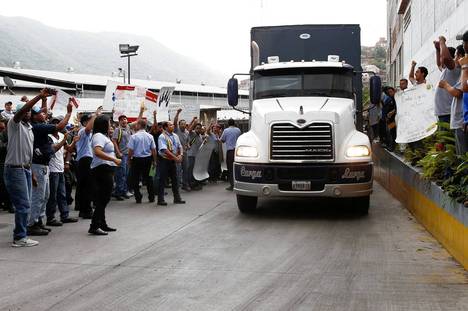(p. A1) Some economists have reported that there is no longer any evidence that raising wages will cost jobs.
Unfortunately, that last claim is inaccurate. There are in fact many studies on each side of the issue. David Neumark of the University of California, Irvine and William Wascher of the Federal Reserve have done their own studies and point to dozens of others showing significant job losses.
Recently, Michael Wither and Jeffrey Clemens of the University of California, San Diego looked at data from the 2007 federal minimum-wage hike and found that it reduced the national employment-to-population ratio by 0.7 percentage points (which is actually a lot), and led to a six percentage point decrease in the likelihood that a low-wage worker would have a job.
Because low-wage workers get less work experience under a higher minimum-wage regime, they are less likely to transition to higher-wage jobs down the road. Wither and Clemens found that two years later, workers’ chances of making $1,500 a month was reduced by five percentage points.
Many economists have pointed out that as a poverty-fighting measure the minimum wage is horribly targeted. A 2010 study by Joseph Sabia and Richard Burkhauser found that only 11.3 percent of workers who would benefit from raising the wage to $9.50 an hour would come from poor households. An earlier study by Sabia found that single mothers’ employment dropped 6 percent for every 10 percent increase in the minimum wage.
A study by Thomas MaCurdy of Stanford built on the fact that there are as many individuals in high-income families making the minimum wage (teenagers) as in low-income families. MaCurdy found that the costs of raising the wage are passed on to consumers in the form of higher prices. Minimum-wage workers often work at places that disproportionately serve people down the income scale. So raising the minimum wage is like a regressive consumption tax paid for by the poor to subsidize the wages of workers who are often middle class.
For the full commentary, see:
David Brooks. “Minimum Wage Muddle.” The New York Times (Fri., JULY 24, 2015): A25.
(Note: ellipsis added.)
(Note: the online version of the article has the title “The Minimum-Wage Muddle.”)


